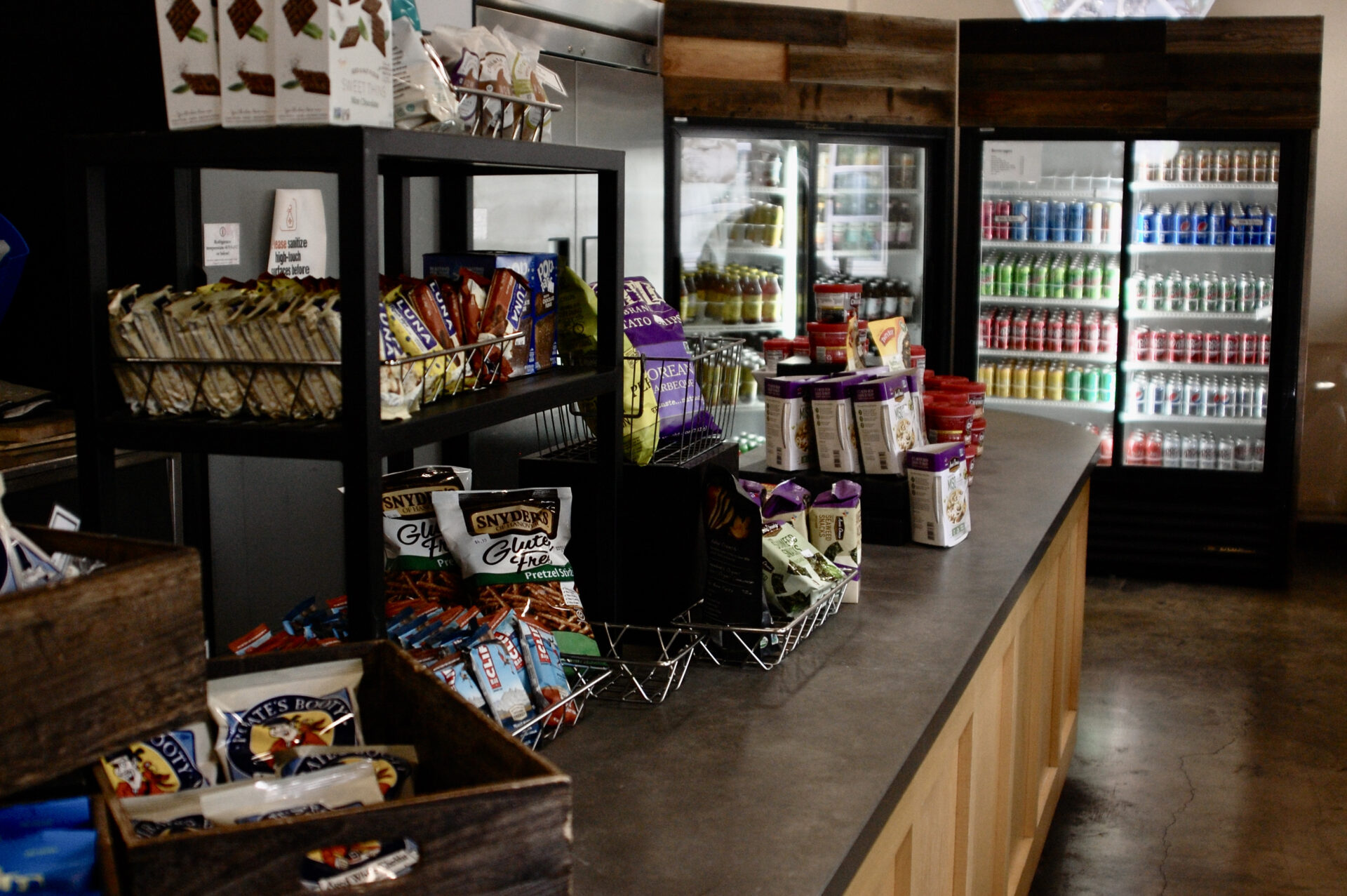
On Sept. 12, at half past noon, my tongue began to tingle. I hesitated for a couple of moments to make sure it was not just anxiety. Within a minute, however, small hives began to grow on my lips. I stood up from my chair in the back of Fields Dining Hall, placed my barely-touched meal on the dish line, and made my way back to Ponderosa Hall with the calm pace doctors recommend to avoid accelerating anaphylactic shock. Over the next two hours, with my EpiPen standing by, I consumed roughly 175 mg of Benadryl, enough to ruin the day of a person my size. It was also enough to keep me out of an ambulance, out of an emergency room and away from IV steroids and EKG machines.
This may sound extreme, but it is reasonably normal for someone with acutely severe food allergies, a condition that grows more common every year. For me at least, it was not surprising either. When you have as many food allergies as I do it can be difficult to avoid allergens. Unfortunately for students at Lewis & Clark, dining services do not provide the best of conditions, and even fails to provide such basic and critical resources as ingredients lists.
Before going any further, it should be made clear that dietary restrictions are very far from a simple issue of what a person cannot eat. In the case of medical restrictions, the inflammation and general sickness resulting from exposure can cause long term disruptions to physical, and as new research has suggested, most notably a paper published in Nature in 2016, serious disruptions to mental and neurological health. In cases of religious and ethical restrictions, dietary contamination presents a serious undermining of individual agency, something that should not be taken lightly in any place that considers itself as inclusive as LC does. If we turn our attention back to the Bon’s allergen system, some clear shortcomings become apparent. First, the current policy is organized around a system of symbols indicating different diets. Unfortunately for myself and other individuals with multiple restrictions, such symbols are virtually useless. Individuals with dietary restrictions are often forced to directly ask Bon employees about the contents of various dishes because no ingredient lists are maintained. This system has the result of shifting responsibility for safe eating on to the individual rather than the organization preparing the food, and means that every adverse reaction is the fault of the individual for failing to rule out every possible contaminant.
If a system for including all diets is this ineffective, it probably has a lot more to do with presenting the appearance that an environment is inclusive, than it does with protecting anyone’s dietary autonomy. This is not to say that the Bon’s employees do not do the best they can. On the contrary, every worker I have spoken to has done an outstanding job being accommodating and providing what information they can. The real issue is the outdated organizational system constraining and placing undue pressure on them, something that I, as a service worker, deeply understand myself.
The reality of the situation is this: If the Bon wants to be inclusive they should be providing full ingredient lists. People with dietary restrictions know what they can and cannot eat, and are fully capable of acting on this information, so long as it is freely available. The only thing that can make dining inclusive is providing individuals of all dietary needs with information. Anything less than full transparency on this issue is not inclusion, it is theatrics.
Photograph by Isabel Kroepfl
Subscribe to the Mossy Log Newsletter
Stay up to date with the goings-on at Lewis & Clark! Get the top stories or your favorite section delivered to your inbox whenever we release a new issue.

Leave a Reply